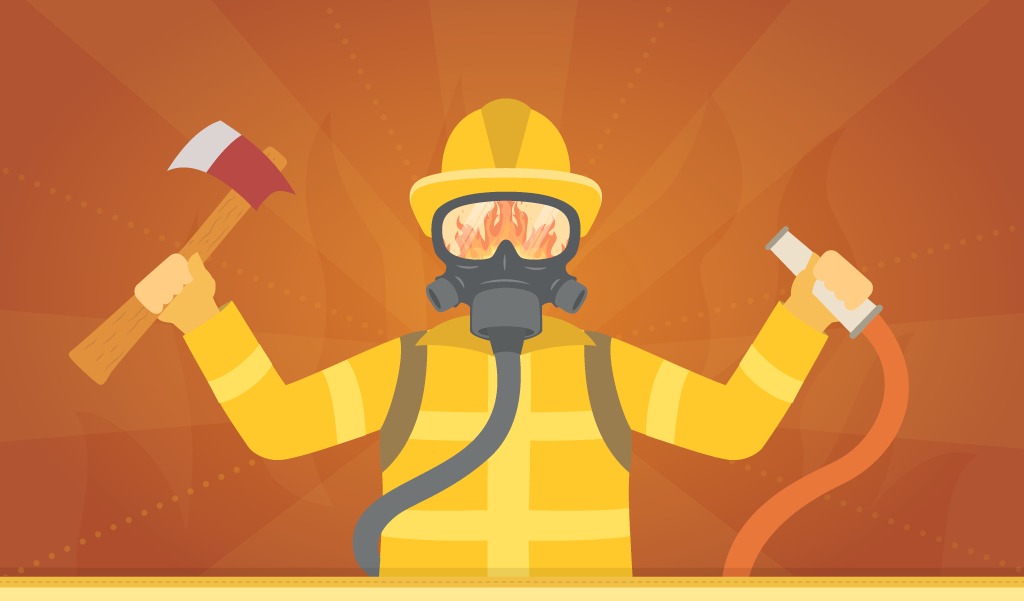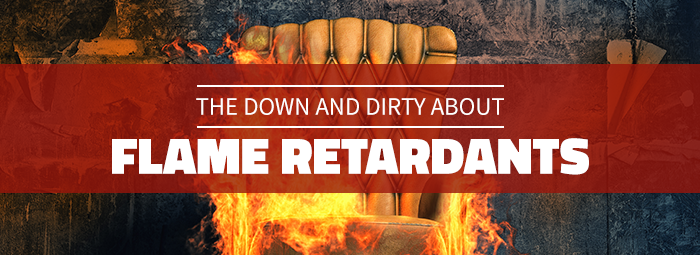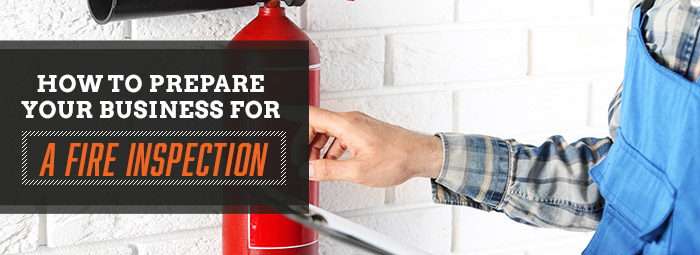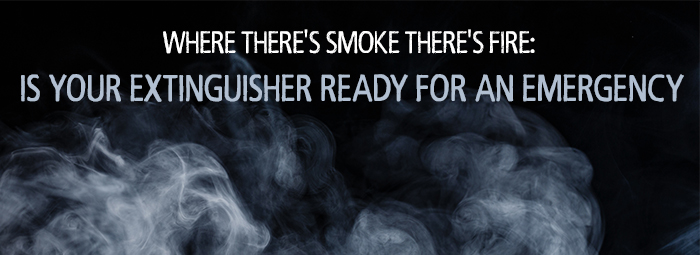
A firefighter’s personal protective equipment (PPE) is their most important equipment on the job. It protects them from serious injuries and illnesses as they come into contact with a variety of hazards. Today’s equipment includes a self-contained breathing apparatus, helmets, clothing, gloves, blankets and much more.
It wasn’t always this way. As in any industry, our evolving understanding of firefighting techniques has driven innovation in the gear we equip our firefighters with. The equipment we see in the field today is very different from the equipment of the past. How did we get here?






